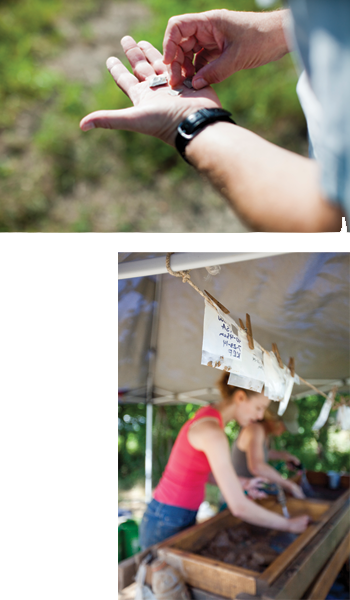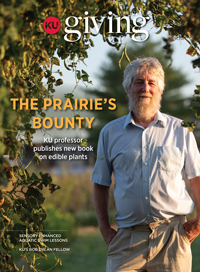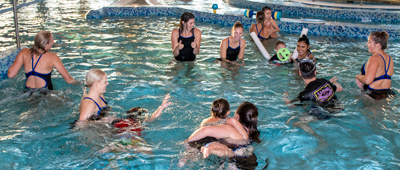KU Giving Magazine
Discovering our Origins
Michelle Tevis

(Photo above) STUDENTS ON SITE: Odyssey provides students with hands-on learning. Crew members excavated at the Coffey site in Pottawatomie County, Kan., in 2014.
Odyssey program explores the mysteries of the Great Plains’ earliest people
Research is expensive, and geologist Joe Cramer knew it. Cramer and his wife, Ruth, of Denver, gave $1 million in 2002 to establish the Odyssey Geoarchaeological Research Program at the University of Kansas, to support research into the mysteries of the earliest people to inhabit the Great Plains. The Cramers believed in the program so much that they planned for its future after they were gone. An additional $6.9 million estate gift from them in 2018 will give opportunities to generations of KU students and researchers.
Joseph Cramer died in 2013, and Ruth Cramer died in 2018.
Rolfe Mandel, Ph.D., executive director of the Odyssey program, also is director of the Kansas Geological Survey and University Distinguished Professor in the Department of Anthropology. He said Joe Cramer didn’t want students and faculty to spend all their time trying to generate money; he wanted them out in the field, doing research.
“He was willing to provide the support and then say, ‘Now go do it,’” Mandel said.
The multidisciplinary aspect of the fund adds to its value. Mandel said graduate students in several departments benefit, because geoarchaeologists cross three disciplines: anthropology, physical geography and geology. The estate gift will further benefit research by the Kansas Geological Survey and the KU archaeology program in the Department of Anthropology.
The gift will enhance support for the Odyssey program, which is part of the Kansas Geological Survey. The program is dedicated to using geo-scientific methods to search for evidence of the earliest human presence in the Central Great Plains and western portions of the Midwest, and to gaining a better understanding of the environments that affected those people. Those efforts have taken place in the field and in laboratories and have focused on Paleoamerican archaeology and geoarchaeology in Kansas, Nebraska, South Dakota, Colorado, Oklahoma and Missouri.
Mason Niquette, a Ph.D. student from Lexington, Ky., has worked at three sites as part of the Odyssey program: Two Rivers in the Ozark National Scenic Riverway; Spring Valley in Carter County, Mo.; and the Scheuerman Mammoth site in Scott County, Kan. He said the Odyssey program gave him valuable field experience.
“I learned a lot about soil science — how it relates to archaeology, seeing firsthand its usefulness,” Niquette said. “Without Odyssey, there’s no way I could have done this research or gotten this much experience doing what I want to do.”
When he established the fund in 2002, Joe Cramer said he chose KU based on the reputation of the Kansas Geological Survey and the strength of the archaeology program. Answers to complex questions about the origins of people need the archaeological expertise that a university such as KU can provide because of the challenges created by topographical changes to the landscape over thousands of years.
“This search will require application of multidisciplinary expertise in order to be successful,” Cramer said.

IN THE FIELD: Professor and Odyssey program Director Rolfe Mandel enjoys the opportunity to teach students how to study remains and look for something valuable.
Photo by University of Kansas
Photo by University of Kansas
Mandel said the program has been able to support some students entirely, the way a fellowship would. Students receive a graduate research assistant position, and all of their efforts focus on the program’s goals.
“It also has supported field research for students who are doing their thesis or dissertation that is somehow related to the peopling of the Americas, particularly the Great Plains or Midwest,” Mandel said.
Participants in the Odyssey program spent part of the summer of 2018 at Magic Mountain in the foothills of the Rocky Mountains in Golden, Colo. They spent two 10-day sessions conducting initial testing of a buried soil to determine whether cultural materials were present.
The Cramers’ grandson Chris Cramer, of Littleton, Colo., said his grandparents would be pleased with the program’s accomplishments and potential. “They wanted to be able to capture as many people who are interested in archaeology as possible and make sure that resources would be there to develop their interest as far as it might go,” Chris Cramer said. “I think they would be very proud.”

Photo by University of Kansas
GO ONLINE
For more information about the Odyssey Geoarchaeological Research Program, visit www.kgs.ku.edu/odyssey.




